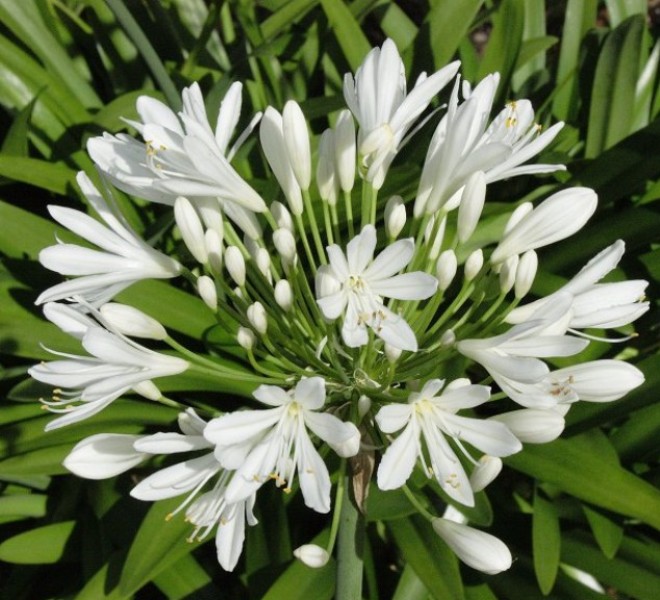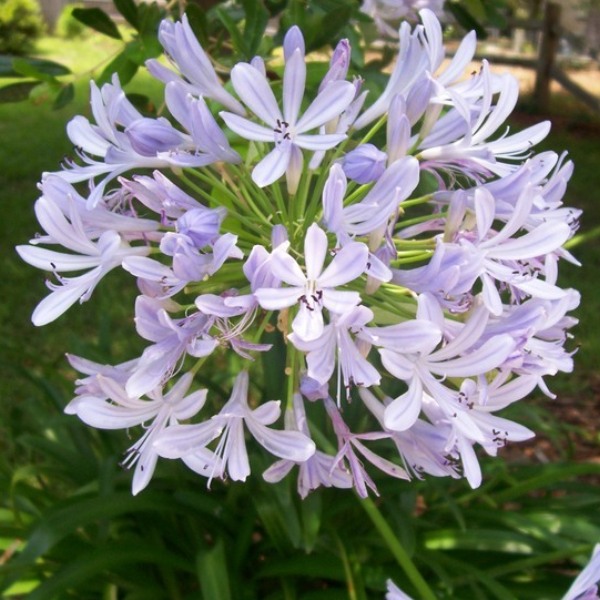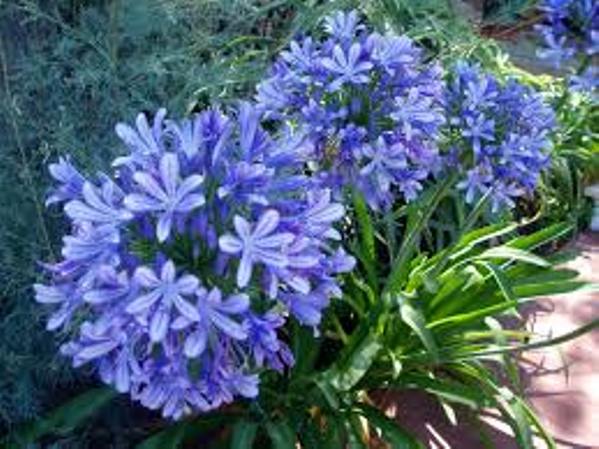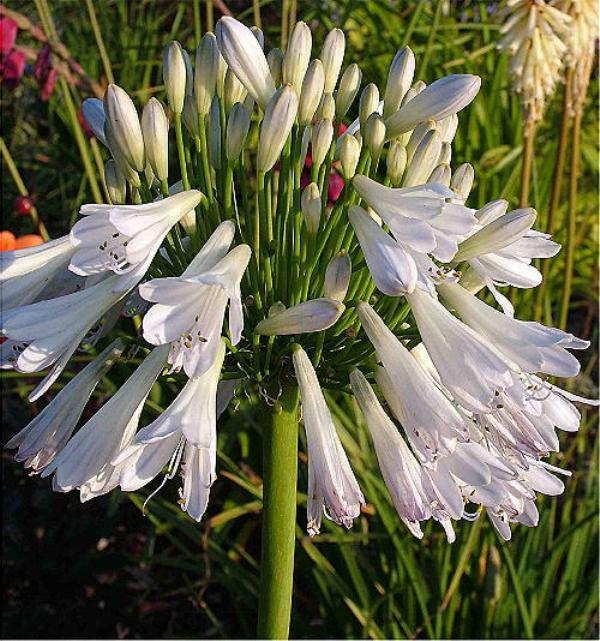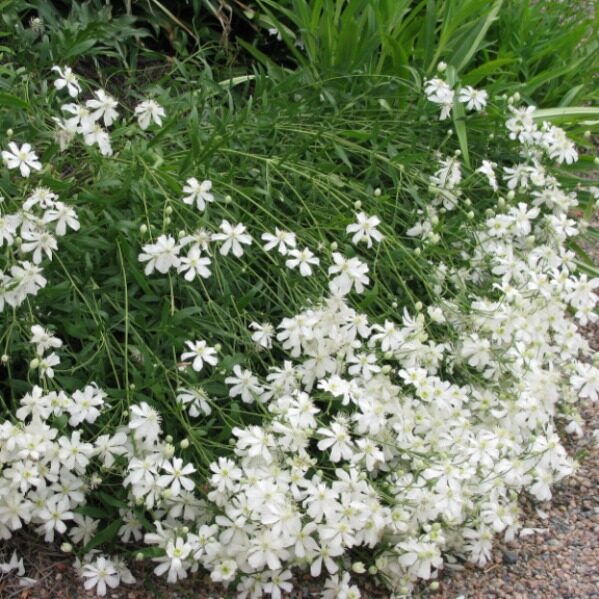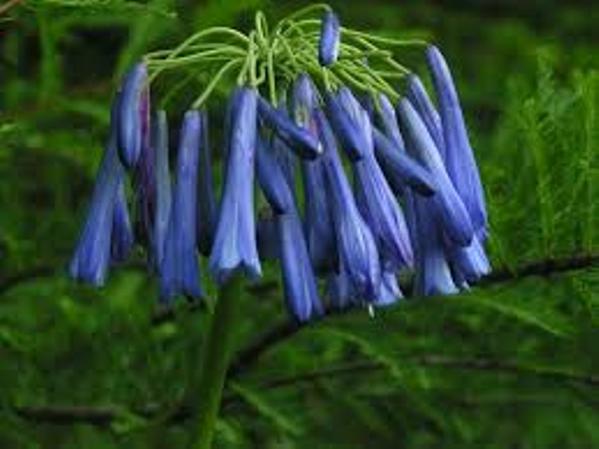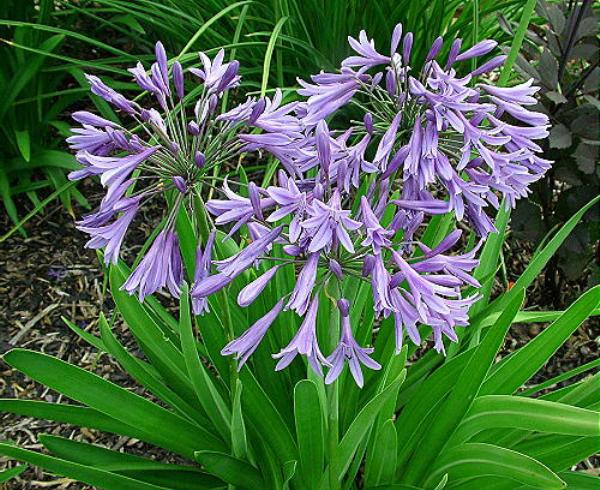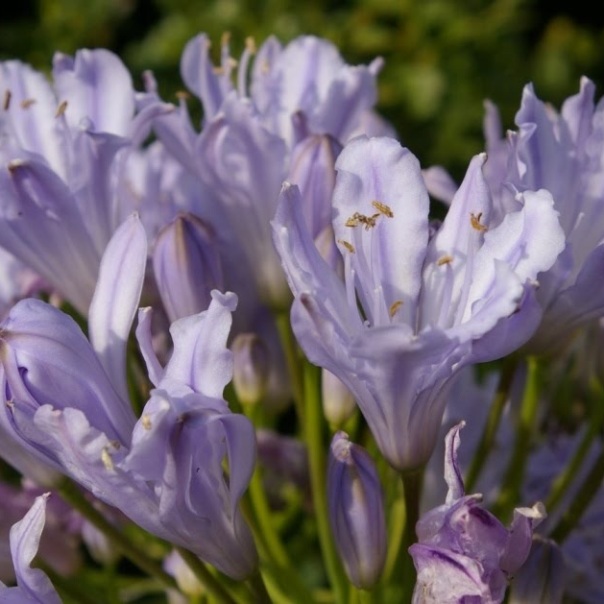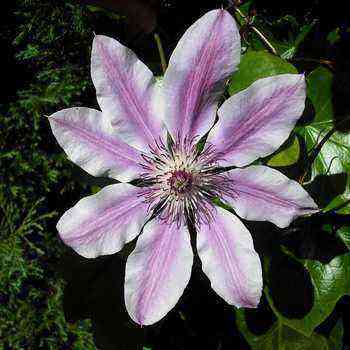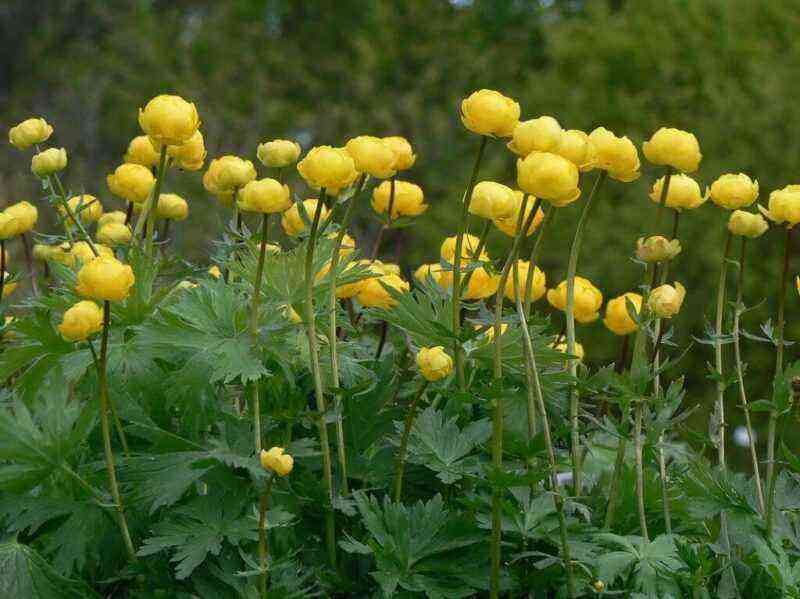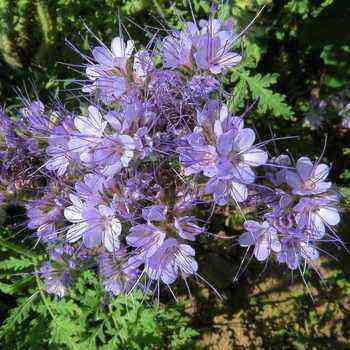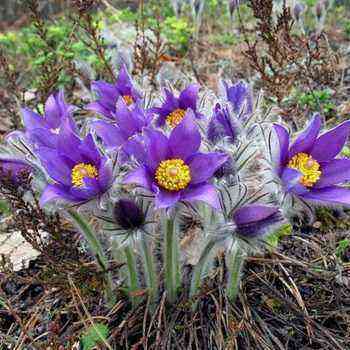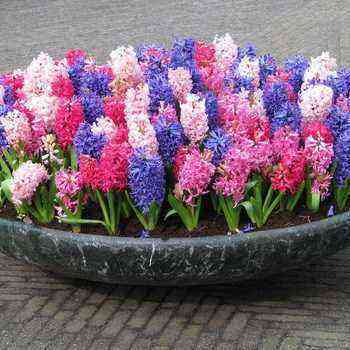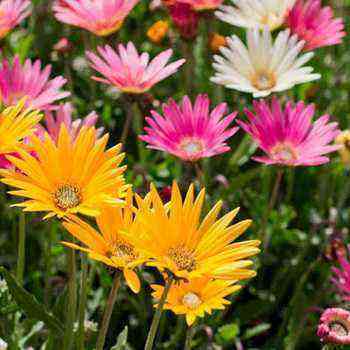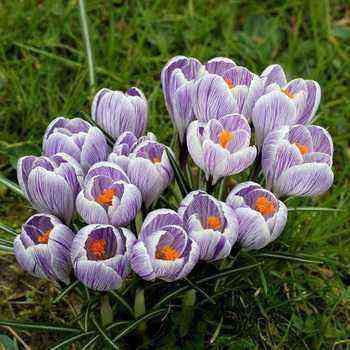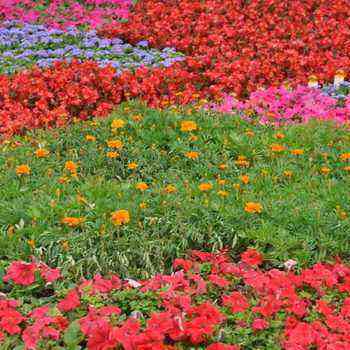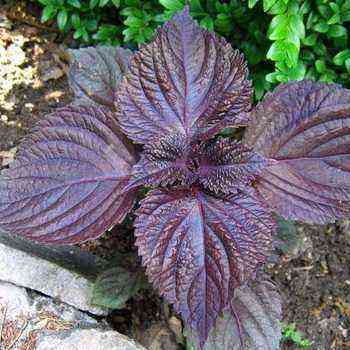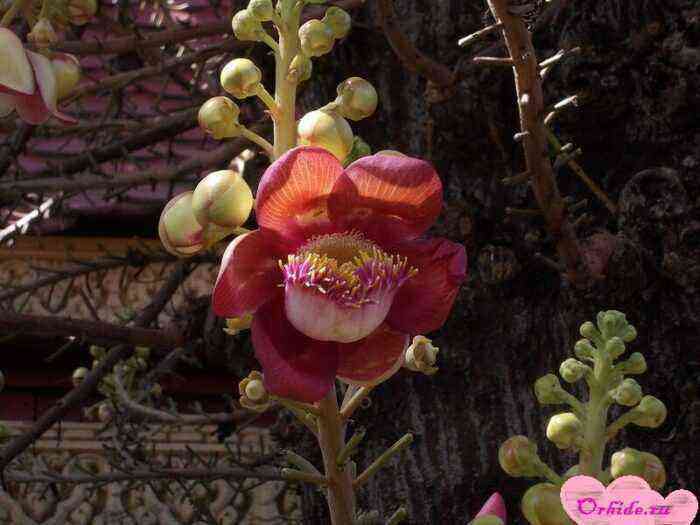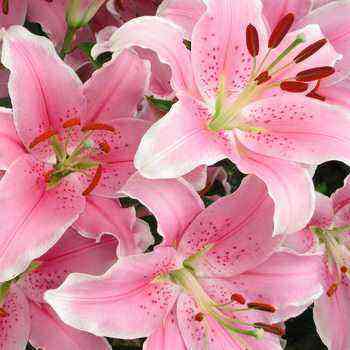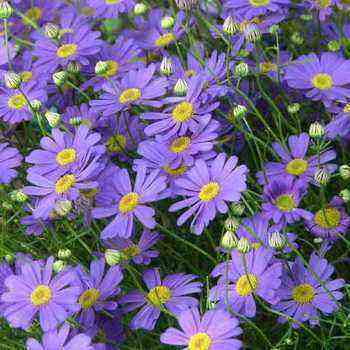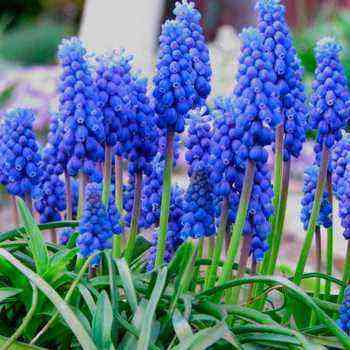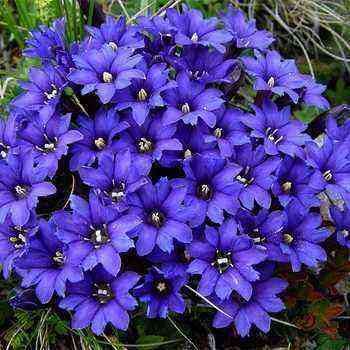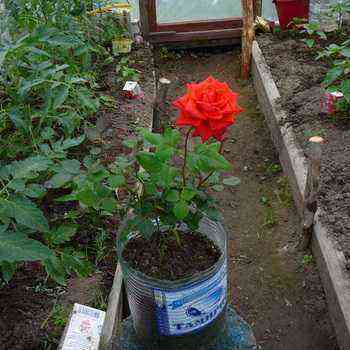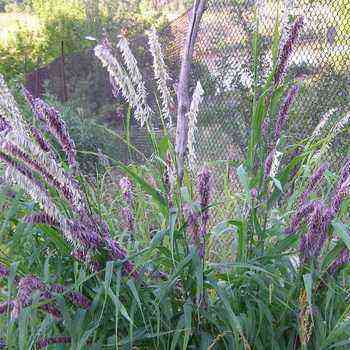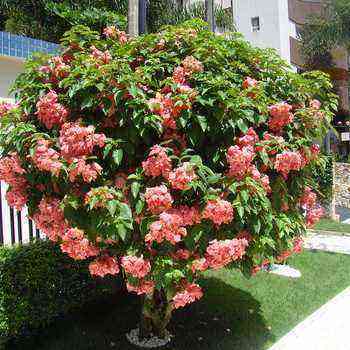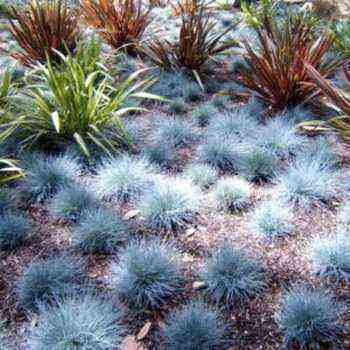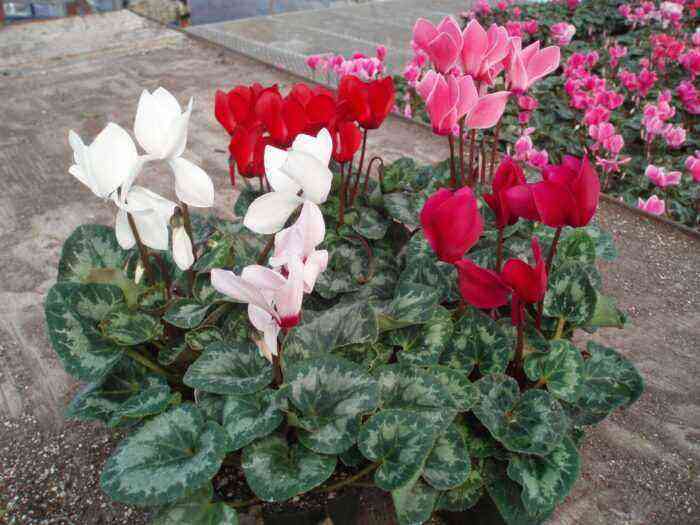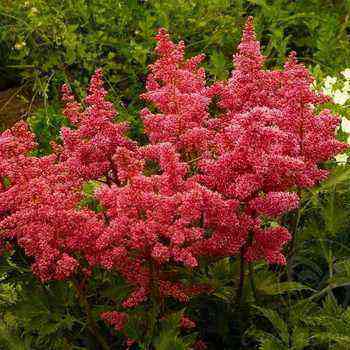Agapanthus is a flower of the Agapont family. The name originates from two words of Greek origin (αγαπη) – “love” and ανθος (flower). The plant also has several other names that are used along with the main one: common agapanthus, blue lily. It is also commonly known as the lily of the Nile (or the African lily as it is called in England), although it is not really a lily. Most likely, the name is associated with their habitat – they grow in South Africa, from the Cape of Good Hope to the Limpopo River
General information and photos of agapanthus
Agapanthus is a perennial flower that has flowers not only white or blue, but also purple and pink, arranged in the shape of a ball. Blooms mainly in summer. Its root is very large and goes deep into the ground, and at the time of flowering, it can produce a peduncle up to one meter long. The leaves grow directly at the roots, and have a belt-like or curved shape and reach up to 60 cm in length. And on a high stem, the flower heads of the plant are located.
You will find them along the road – the tall round pillars of plants will simply be impossible not to notice. Now dwarf species of Agapanthus can also be found in large garden centers.
Agapanthus varieties: photos and descriptions
Agapanthus flower has many subspecies, but in principle they are all very similar to each other. For a long time, scientists found it difficult to classify subspecies, and in general they thought whether it was worth combining all these plants into a single species. But the problem was solved in 1965 by Francis Leighton – he identified four evergreen species. We offer you to see a photo of agapanthus:
Agapanthus africanus has green leaves with a white stripe. Introduced to Europe at the end of the 17th century. Agapanthus easily adapts in cold climates – for this it is grown in special tubs or large pots.
In summer, it will grow best near lakes and river tides, as it is during this season that it needs a lot of fluid to grow and thrive.
Propagated by displacement or division of the rhizome (period – autumn or early spring).
Agapanthus paraesox – most plants of the genus Agapanthus are a cultivar or hybrid of cultivars of this species. In turn, it has several subspecies: A. praecox (found in the Eastern Cape Province of South Africa, length – from 0.8 to 1 meter; length of leaves – more than 50 mm in length; blooms from December to February); A. Orientalis (found in the Eastern Cape and southern KwaZulu-Natal; height – up to one meter; leaves – belt-like, curved, not rigid up to 50 mm in length, color can vary from blue to white) and A. Minimus ( grows in the Eastern and Western Cape; the smallest of all species – its length barely reaches 600 mm, but it has a large bloom from November to March; the color spectrum is all shades of blue and white).
And six deciduous varieties of agapanthus with a photo.
Agapanthus campanulatus – Bell agapanthus. An upright plant with linear leaves up to 15 cm long and a meter wide. It got its name due to the similarity of flowers with a bell, it has a blue color. The ripening period is July – August, and the habitat is the slopes of the mountains of South Africa.
Agapanthus caulescens
Agapanthus coddii
Agapanthus dyeri
Agapanthus us inapertus is a closed agapanthus. It has belt-like, dark green leaves that taper towards the top, the stem can reach 1.5 meters. The flowers are either blue or purple in the form of an umbrella. It inhabits open meadows, forest and mountainous areas, as well as rocky areas of South Africa.
Agapanthus nutans.
Unfortunately, not all of the species have been sufficiently studied, so we limited ourselves to a detailed description of only a few of them.
Agapanthus: planting and care
Agapanthus will thrive on fertile, well-drained soil that retains moisture. Agapuntus can be planted in autumn and early spring. The seedling method of growing in an annual culture is also used. You should not plant it in the shade, as they will grow, in this case, it will be very bad and instead of a bulk mass of flowers, there will be solid leaves.
In winter, we advise you to protect the leaves and roots of the plant in dry sand or straw – apply them in a layer of 15-25 cm near the stem in about autumn or early winter, and leave until early spring (then it will start to grow).
The hoopoe for agapanthus is not difficult and even a novice florist will not be difficult. Be sure to feed the plant once or twice a week during its growth, the rate of feeding is allowed to be reduced only in winter.
If you are afraid that the plant may get sick in winter, or the weather is too harsh, grow Agapanthus in a large tub or pot right at home. Place it in a dry, frost-free location – a greenhouse is ideal (but don’t overdo it with heat, this can lead to poor flowering).
Diseases and pests
Slugs and snails hide under the leaves of the plant, hiding during the day and appearing closer to night. They leave behind torn edges of the leaves, and if they are not stopped in time, they can eventually get to the root and completely destroy the plant itself. But don’t worry – there are effective ways to deal with nasty pests:
- use lights at night, especially if you plan to collect them;
- set a bowl of beer near the root – the slugs will slide and drown in the liquid;
- crushed eggshells or diatomaceous earth placed around the plant will scare away snails and slugs;
- copper wire or tape around the plant will scare away pests with a small electric shock.
A plant can get sick with a fungus if it is in a cool place for a long time in rainy or just wet weather. Botrytis – affects all parts (except the root), while Fusarium – the bulb, which begins to actively rot, and Phytophthora and Phythium – the stem (it becomes discolored) and leaves (wither and die). Chemical treatment will not help here, experts recommend using a fungicidal spray in such cases, strictly following the manufacturer’s instructions.
To stop the spread of the disease to the entire plant, remove all infected parts immediately.
Reproduction of agapanthus
Agapanthus flowers reproduce by division. Spring – Early summer or early fall split after flowering, but make sure there are multiple points of growth. And do not split the plant too small – in this case, it will bloom very, very badly. Large clusters are divided about once every 4-6 years.
You can use a more familiar method – propagation of agapanthus using seeds. In the fall, harvest the pods when they are just brown and allow them to separate from each other indoors (store them at 15 ° C). In the first winter, nurseries should be carefully protected and insulated.


